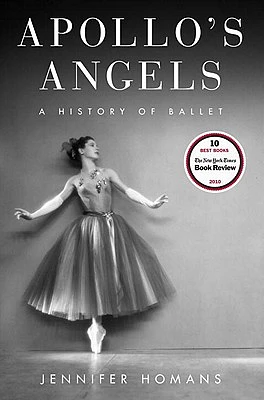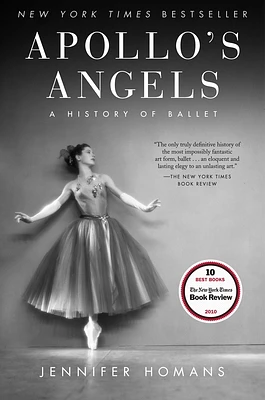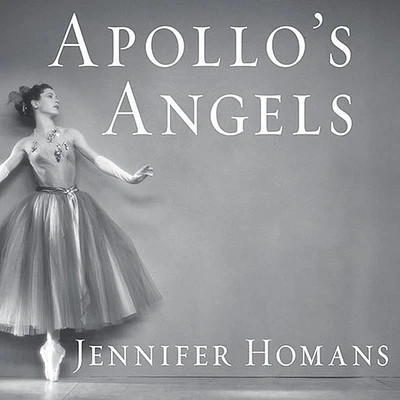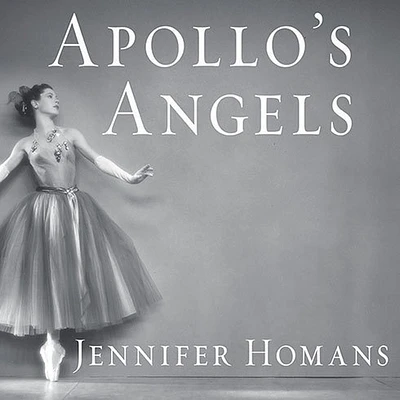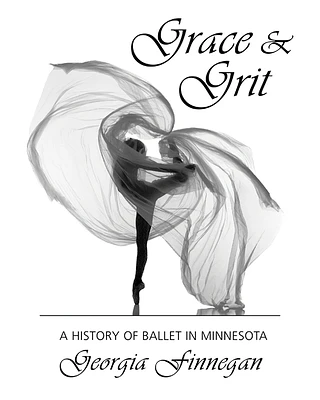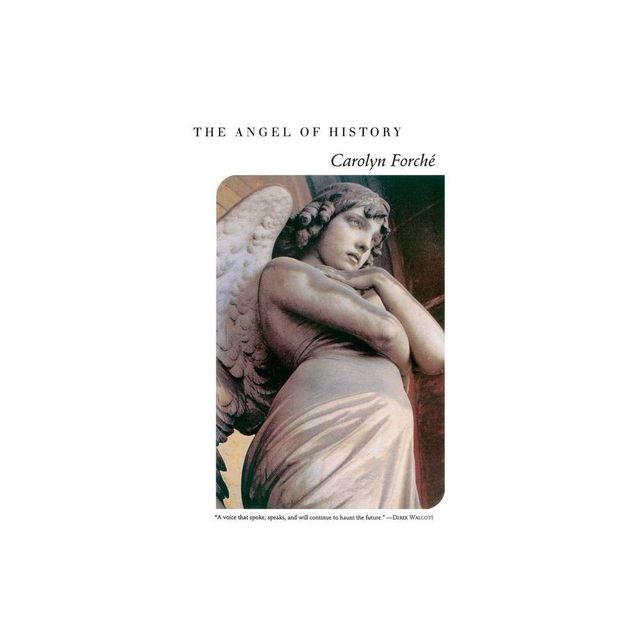Home
Apollo's Angels: A History of Ballet
Loading Inventory...
Barnes and Noble
Apollo's Angels: A History of Ballet
Current price: $25.99


Barnes and Noble
Apollo's Angels: A History of Ballet
Current price: $25.99
Loading Inventory...
Size: Audiobook
*Product Information may vary - to confirm product availability, pricing, and additional information please contact Barnes and Noble
NEW YORK TIMES
BESTSELLER •
NAMED ONE OF THE BEST BOOKS OF THE YEAR BY
THE NEW YORK TIMES BOOK REVIEW
,
LOS ANGELES TIMES, SAN FRANCISCO CHRONICLE,
AND
PUBLISHERS WEEKLY
For more than four hundred years, the art of ballet has stood at the center of Western civilization. Its traditions serve as a record of our past. Lavishly illustrated and beautifully told,
Apollo’s Angels
—the first cultural history of ballet ever written—is a groundbreaking work. From ballet’s origins in the Renaissance and the codification of its basic steps and positions under France’s Louis XIV (himself an avid dancer), the art form wound its way through the courts of Europe, from Paris and Milan to Vienna and St. Petersburg. In the twentieth century, émigré dancers taught their art to a generation in the United States and in Western Europe, setting off a new and radical transformation of dance. Jennifer Homans, a historian, critic, and former professional ballerina, wields a knowledge of dance born of dedicated practice. Her admiration and love for the ballet, as
Entertainment Weekly
notes, brings “a dancer’s grace and sure-footed agility to the page.”
BESTSELLER •
NAMED ONE OF THE BEST BOOKS OF THE YEAR BY
THE NEW YORK TIMES BOOK REVIEW
,
LOS ANGELES TIMES, SAN FRANCISCO CHRONICLE,
AND
PUBLISHERS WEEKLY
For more than four hundred years, the art of ballet has stood at the center of Western civilization. Its traditions serve as a record of our past. Lavishly illustrated and beautifully told,
Apollo’s Angels
—the first cultural history of ballet ever written—is a groundbreaking work. From ballet’s origins in the Renaissance and the codification of its basic steps and positions under France’s Louis XIV (himself an avid dancer), the art form wound its way through the courts of Europe, from Paris and Milan to Vienna and St. Petersburg. In the twentieth century, émigré dancers taught their art to a generation in the United States and in Western Europe, setting off a new and radical transformation of dance. Jennifer Homans, a historian, critic, and former professional ballerina, wields a knowledge of dance born of dedicated practice. Her admiration and love for the ballet, as
Entertainment Weekly
notes, brings “a dancer’s grace and sure-footed agility to the page.”
